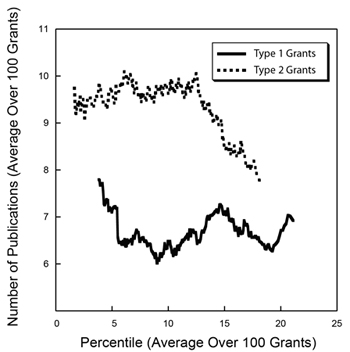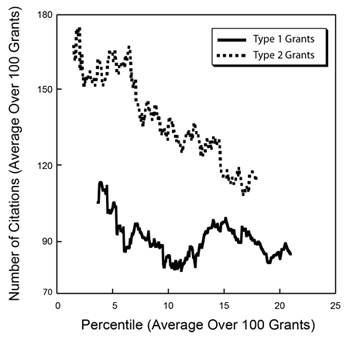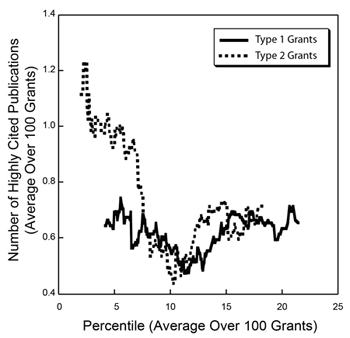A special symposium marking the 40th anniversary of the Protein Data Bank (PDB) will be held this year at Cold Spring Harbor Laboratory in New York, October 28-30.
It’s quite fitting that the meeting is being held here. It was a 1971 symposium at the laboratory titled “The Structure and Function of Proteins at the Three-Dimensional Level” that led to the establishment of the PDB as a freely accessible portal for the experimentally determined structures of biological macromolecules. Since then, the PDB has grown into an international resource for structural biology, today containing nearly 75,000 structures of proteins, nucleic acids and complex assemblies.
Because it is such a vital resource for researchers, NIGMS and other parts of NIH, along with the National Science Foundation and Department of Energy, have helped fund the PDB’s operation for many years. NIGMS is also a sponsor of the symposium.
The October event, which is open to all, will include presentations by many prominent scientists who have been instrumental in the development of the PDB and the field of structural biology. Among the confirmed speakers are Michael Rossmann of Purdue University, an early advocate of the PDB; Wayne Hendrickson of Columbia University, a leader in solving the structures of membrane proteins; and Kurt Wüthrich of the Scripps Research Institute and the ETH Zürich, a pioneer in NMR structure determination techniques.
A limited number of travel awards to attend the symposium are available for students and early career scientists; applications are due by
August 1.
More information about the program, registration and travel is on the meeting Web site.



 and the
and the 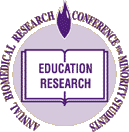
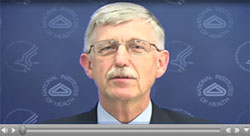
 As we anticipated last year, the
As we anticipated last year, the 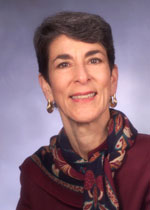 As I enter my final few weeks at NIGMS, I’m engaged in a lot of transition planning. One major aspect is the designation of an acting director, and I’m happy to tell you that Judith Greenberg has agreed to serve in this capacity after my departure early next month. She was acting director in 2002 and 2003, after Marvin Cassman left and before I arrived, and I know that she will once again do a fantastic job.
As I enter my final few weeks at NIGMS, I’m engaged in a lot of transition planning. One major aspect is the designation of an acting director, and I’m happy to tell you that Judith Greenberg has agreed to serve in this capacity after my departure early next month. She was acting director in 2002 and 2003, after Marvin Cassman left and before I arrived, and I know that she will once again do a fantastic job.
